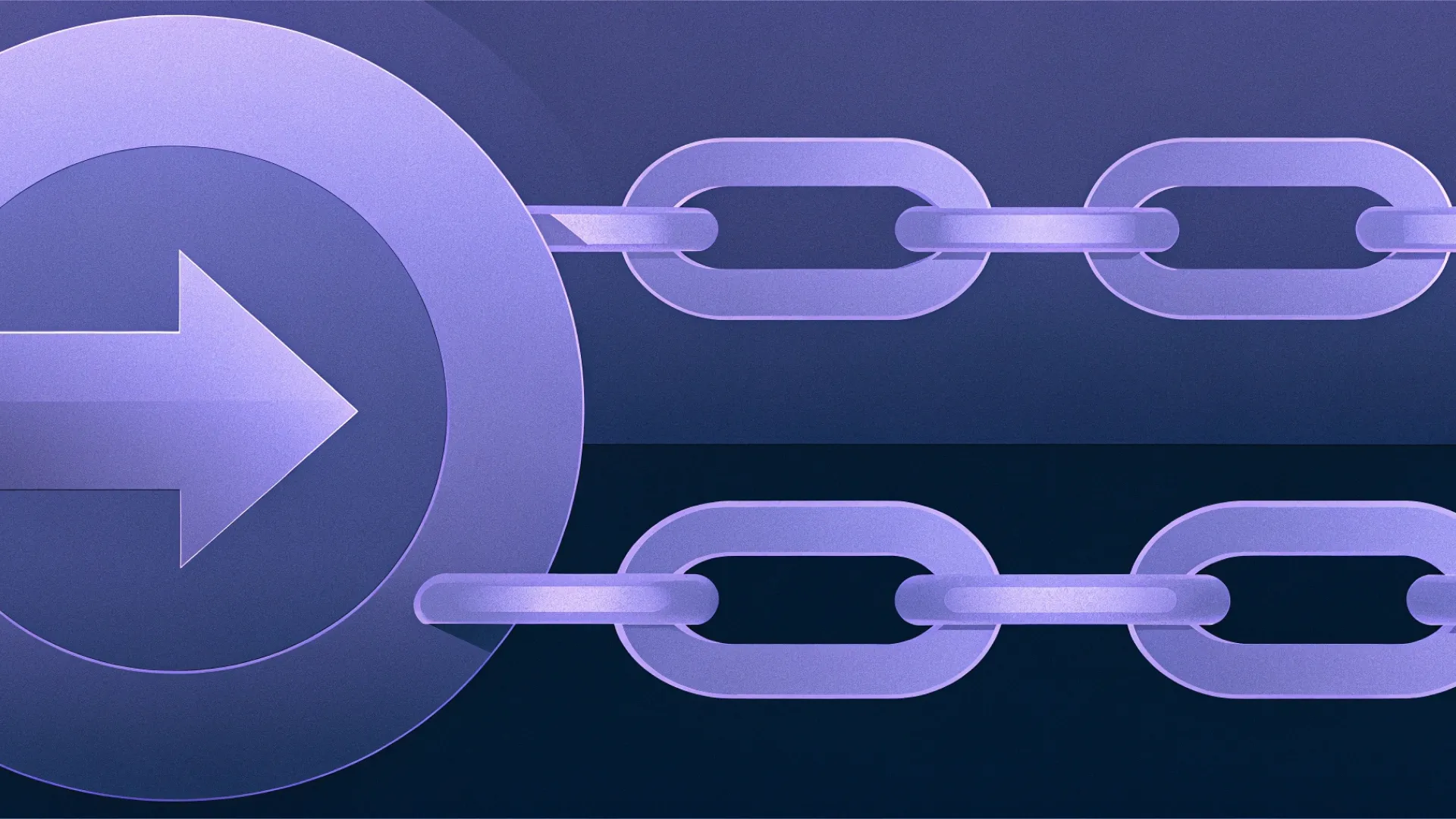Software Renewal Management: How to Avoid Auto-Renewal Traps

Take a self-guided tour of the platform.
See why Vertice is trusted by top procurement leaders.
According to our data, companies with more than 500 employees are wasting in excess of $1.5 million annually as a result of unused or underutilized software.
The biggest driver of this waste?
Unwanted software auto-renewals.
With 89% of contracts now including auto-renewal clauses, an average of 135 tools in a typical SaaS stack, and a widespread lack of visibility, staying on top of renewals has become a major challenge for many companies.
The only reliable solution is to implement a robust software renewal management system that brings clarity and control to the process.
Here’s everything you need to know.
What is software renewal management?
Software renewal management comprises the tracking, documenting, and actioning of SaaS contract renewal dates, forming an important part of an organization’s software management strategy.
But why is it so important?
With SaaS needing to be renewed – often on an annual basis – keeping track of the renewal deadlines and billing cycles for each tool is essential. The problem is, with the average software stack increasing by 11% each year, the process of doing so becomes increasingly complex – leading to an oversight that can quickly contribute to substantial financial waste, service disruptions, and even reduced levels of productivity.
The only way to mitigate these risks is by taking a proactive, data-driven approach to software renewal management.
The benefits of tracking and managing software renewals
- Cost savings – A robust software renewal management strategy can help to identify and eliminate underutilized, redundant, and duplicate tools that are silently draining your budgets. In addition to this, it gives you the time to assess each tool within your stack and rightsize your contract for further cost savings – removing unused licenses and unwanted features, while benchmarking pricing to ensure you’re paying a fair price.
- Stronger negotiation leverage – When it comes to software renewal management, time equals purchasing power. At least it does when you also have intel into what other similar companies are paying.
- More accurate budgeting – Software is one of the most volatile and unpredictable areas of business spending, made all the more complex with price-uplifts, overage charges, and add-ons that often lead to unanticipated fees. With full visibility into upcoming renewals and associated costs, finance teams can forecast SaaS spend more accurately and prevent surprise charges, budget overruns, and last-minute decision-making that can undermine financial control.
How to manage your software renewals
Committing to managing your software renewals might seem like an arduous process, but having a robust solution in place is key for maximizing cost savings, improving organizational efficiency, and preventing the potential risks associated with an ungoverned tech stack.
Here’s what we recommend:
- Centralize the procurement of software across your organization – Streamline and document all purchasing decisions across the organization to avoid maverick spending. Implement a standardized intake management process to evaluate new software requests, and route them through clearly defined approval workflows. This helps align purchases with business needs, budget constraints, and compliance requirements.
- Consolidate all contracts – Maintain a central repository for all SaaS agreements, making it easier for stakeholders to access key terms, while also reducing risks such as missed cancellations and non-compliance.
- Keep track of auto-renewals – It’s not enough simply knowing your renewal dates, you also need to be tracking notice periods for amending or cancelling these subscriptions to avoid being locked into unwanted renewals. To do this effectively at scale, invest in a dedicated software renewal management platform that can automate alerts and reminders, ensuring your team has ample time to evaluate each renewal – tail spend and long-tail spend included.
- Monitor actual software usage – With 21% of SaaS applications going entirely unused, and a further 45% underutilized, it’s crucial that you’re making informed decisions at the point of renewal to prevent paying for more licenses than are actually required, or subscribing to tools that provide little to no value.
- Start renegotiations early – Keeping track of imminent software renewal deadlines doesn’t just prevent vendor lock-in, it can also allow for maximum cost-savings. The earlier you start these conversations, the more purchasing power you have.
- Monitor costs and obtain the necessary leverage – On average, 33% of software vendors include wording in their contracts that allow them to increase pricing at the point of renewal. For some, there is no limit on this price uplift, making it all the more important to not only keep on top of these renewals, but also obtain leverage in the form of pricing benchmarks to secure the fairest possible deals.
Actionable tip: Negotiate a cap on price uplifts on all your contracts. Better still, request the removal of auto-renewal clauses altogether.
How early should software contract renewals start?
According to our own data, companies that start renewal negotiations more than 90 days ahead of the deadline save an average of 49% more than those that wait until less than 30 days, and 30% more than those starting discussions between 30 and 60 days beforehand.

Notable examples include Analytics and Monitoring vendors, where early engagement is critical. For suppliers in this category, it’s essential to start renewal conversations more than 90 days in advance, as any later and the likelihood of securing better pricing is extremely low.
The cost of inaction in software renewal management
When it comes to your software renewals, lack of oversight is a fast track to wasted spend, operational risks, and missed cost-saving opportunities – for the simple reason that auto-renewals roll over unnoticed and often at a far higher price.
Even for those that are caught ahead of the deadlines, organizations have often left it too late to negotiate from a place of power, forcing procurement teams into making reactive decisions, and leaving finance teams faced with budget overruns they didn’t see coming.
This is why software renewal management isn’t just a nice-to-have; it’s critical to the financial health and operational efficiency of any business.
With a software renewal management platform such as Vertice, you not only gain full visibility of your tech stack, but you will also be provided with the data to make more informed decisions about each contract ahead of renewals.
Vertice can also negotiate with vendors on your behalf, utilizing transactional data from more than 16,000 vendors worldwide to secure you the best possible terms and pricing. By partnering with us, you also benefit from the negotiation expertise, vendor knowledge, and deep market understanding of our expert procurement team.
Why not see how we saved one company eight hours a week on negotiations, and another more than $330,000 in SaaS savings in just three months.
Alternatively, take a look at our SaaS contract renewal capabilities and get a better idea of how exactly Vertice can help you uncover cost-saving opportunities, mitigate risks, and give you total control and visibility of your software portfolio by taking a self-guided tour of our platform.
.webp)




![The Best SaaS Management Platforms for 2026 [According to Analyst Research]](https://cdn.prod.website-files.com/6640cd28f51f13175e577c05/687f56f6e55f8c0078341eb6_2025-06-Lionfish-Tech-Advisors-Report-01-1080x1080.webp)


.webp)